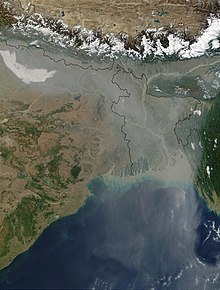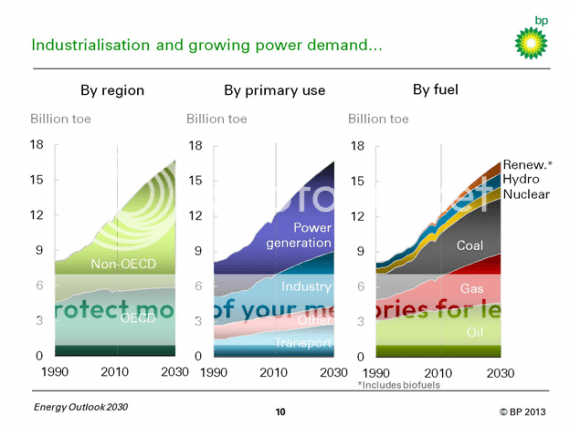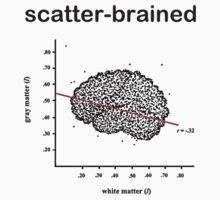Give it up already. You got the whole aerosol thing laughably long, and now you're trying to rewrite English and the history of science to cover for your screwup. That's right, PolarBear says all scientists across the globe for the past century have been doing it totally wrong, while he alone knows the RealTruth. Standard cultist behavior, the claim that the select few in the cult have superior knowledge.
To rational people, it's much easier to admit your mistakes and move on, but this right-wing-fringe political cult isn't rational. One of their commandments is "Thou shalt never, ever admit the dirty liberal was right", hence all the bizarre contortions they'll go into so they can claim their dumb mistake was really correct.
I do suggest PolarBear find some more denialists to aid him here in his crybaby bully act. 3 or 4 isn't enough. Denialists require at least a 10:1 advantage before their "avalanche of bullshit" tactics can completely drown out all rationality.
To rational people, it's much easier to admit your mistakes and move on, but this right-wing-fringe political cult isn't rational. One of their commandments is "Thou shalt never, ever admit the dirty liberal was right", hence all the bizarre contortions they'll go into so they can claim their dumb mistake was really correct.
I do suggest PolarBear find some more denialists to aid him here in his crybaby bully act. 3 or 4 isn't enough. Denialists require at least a 10:1 advantage before their "avalanche of bullshit" tactics can completely drown out all rationality.








